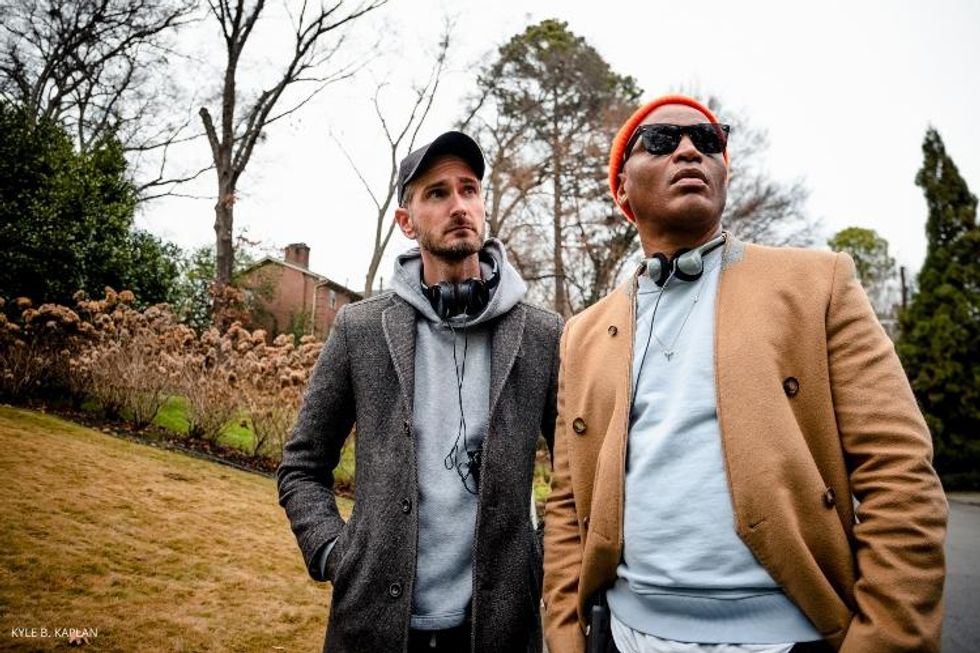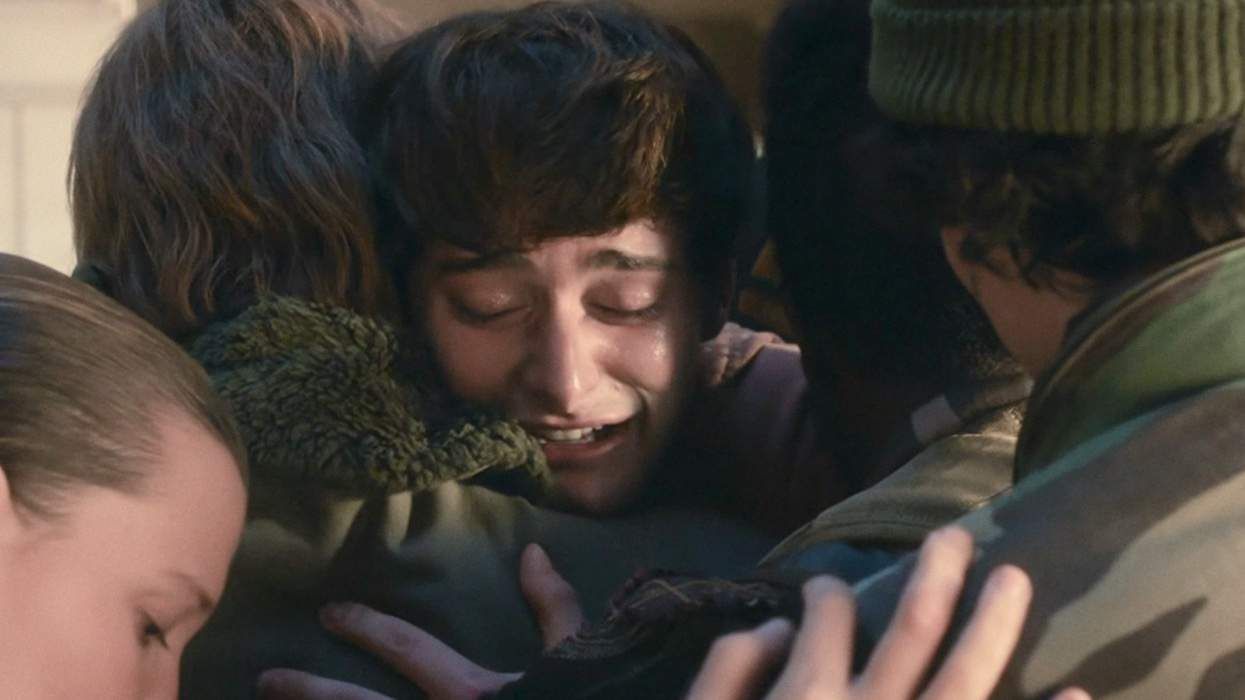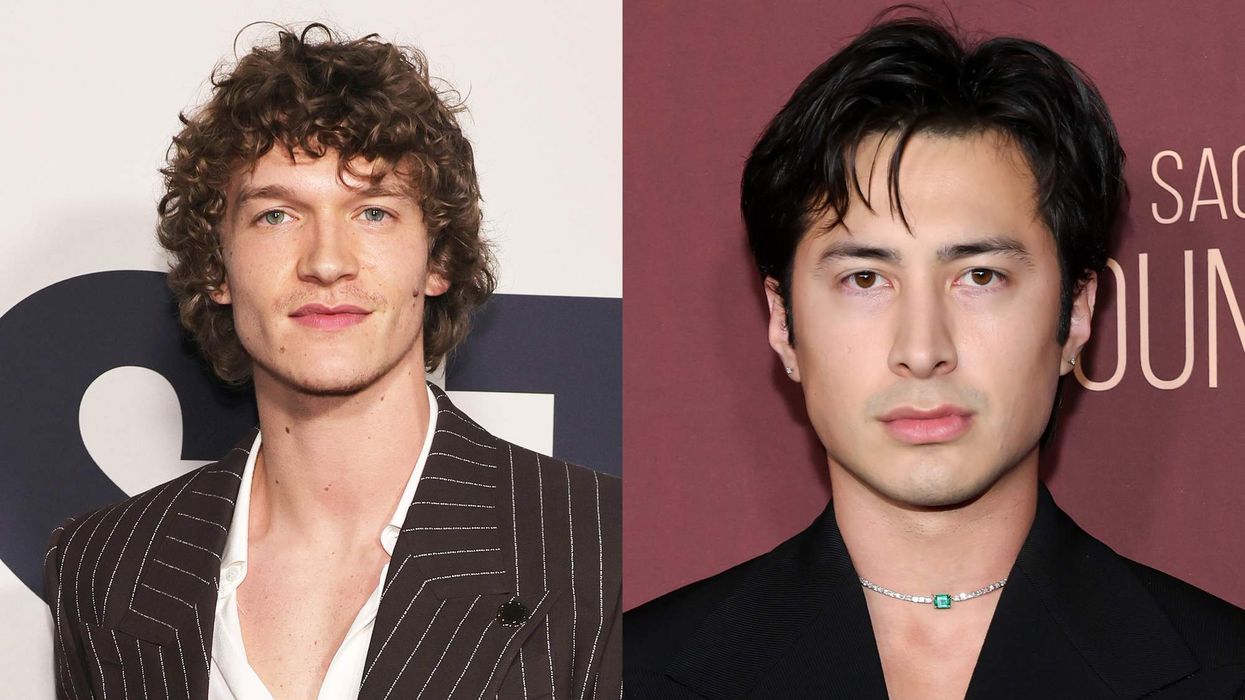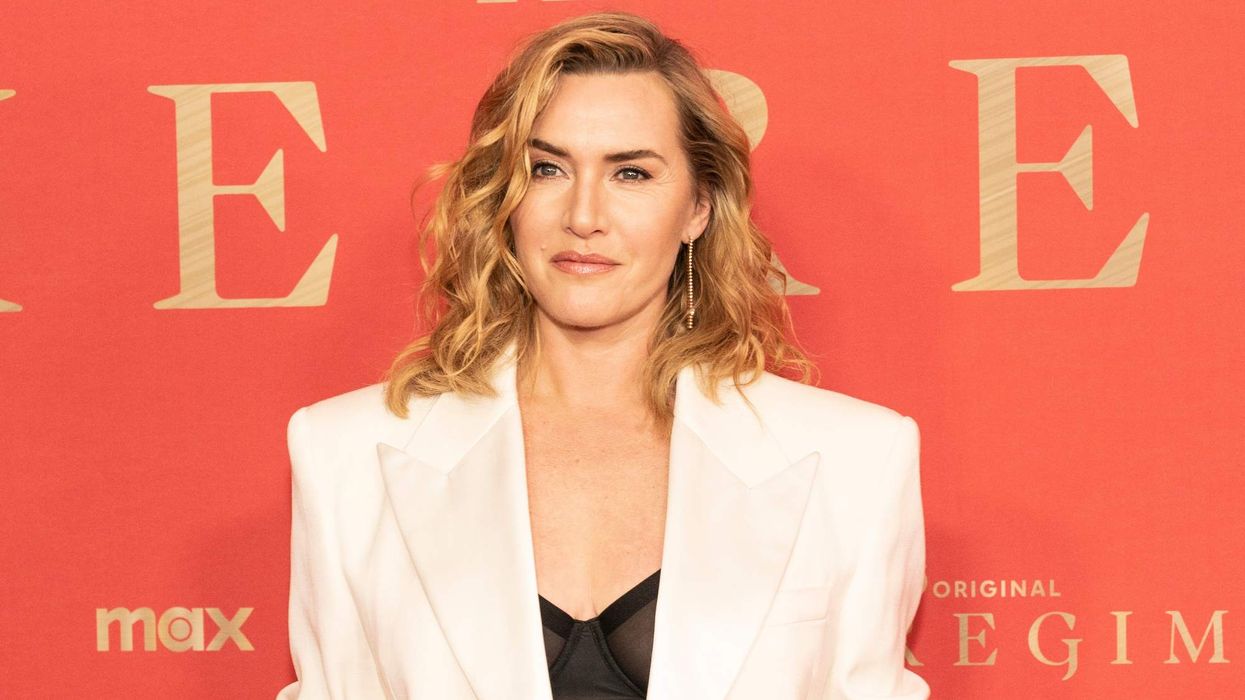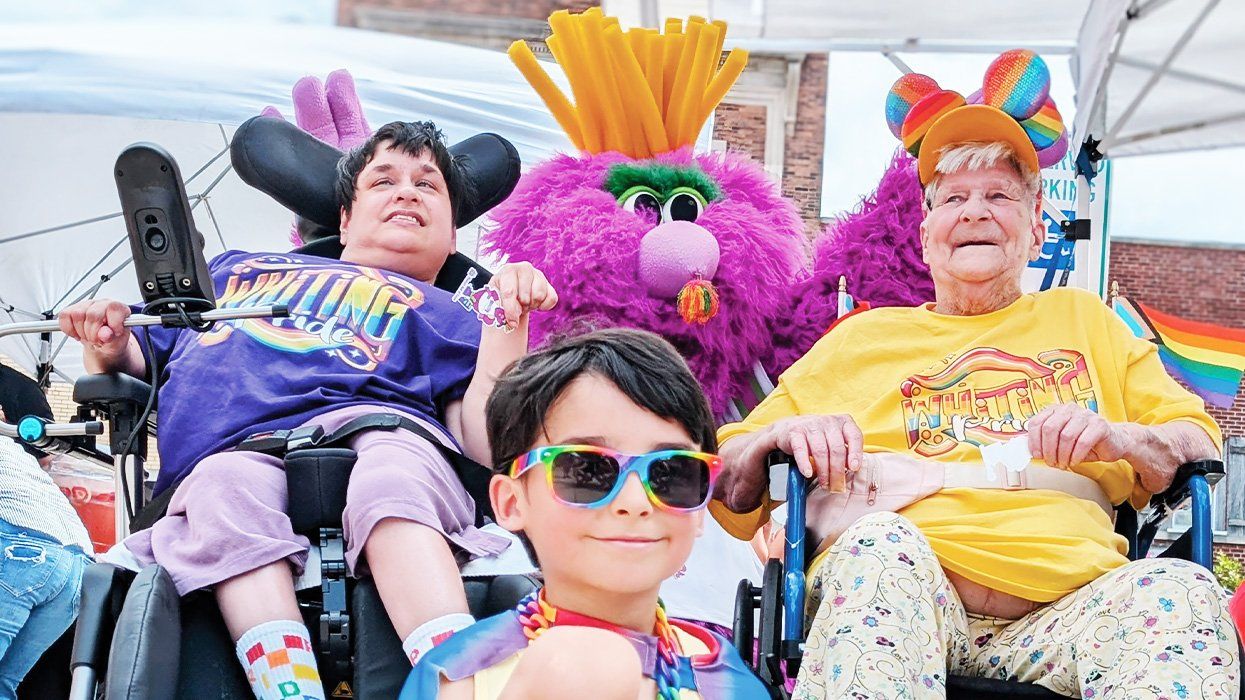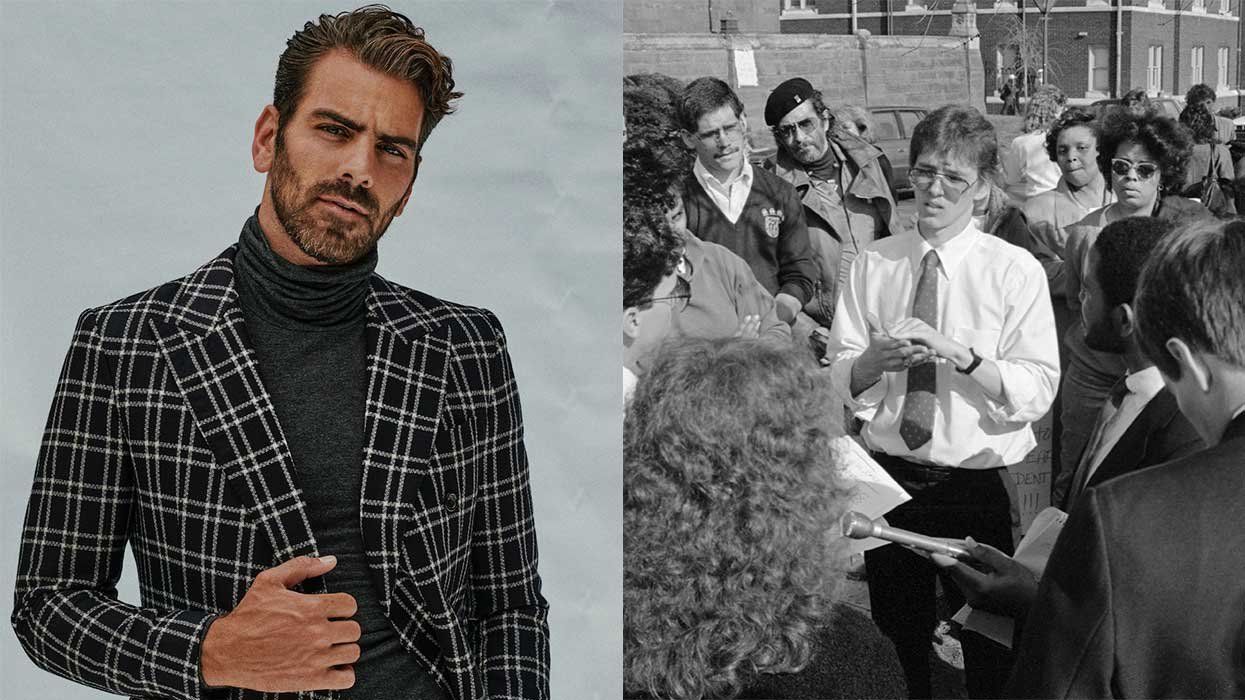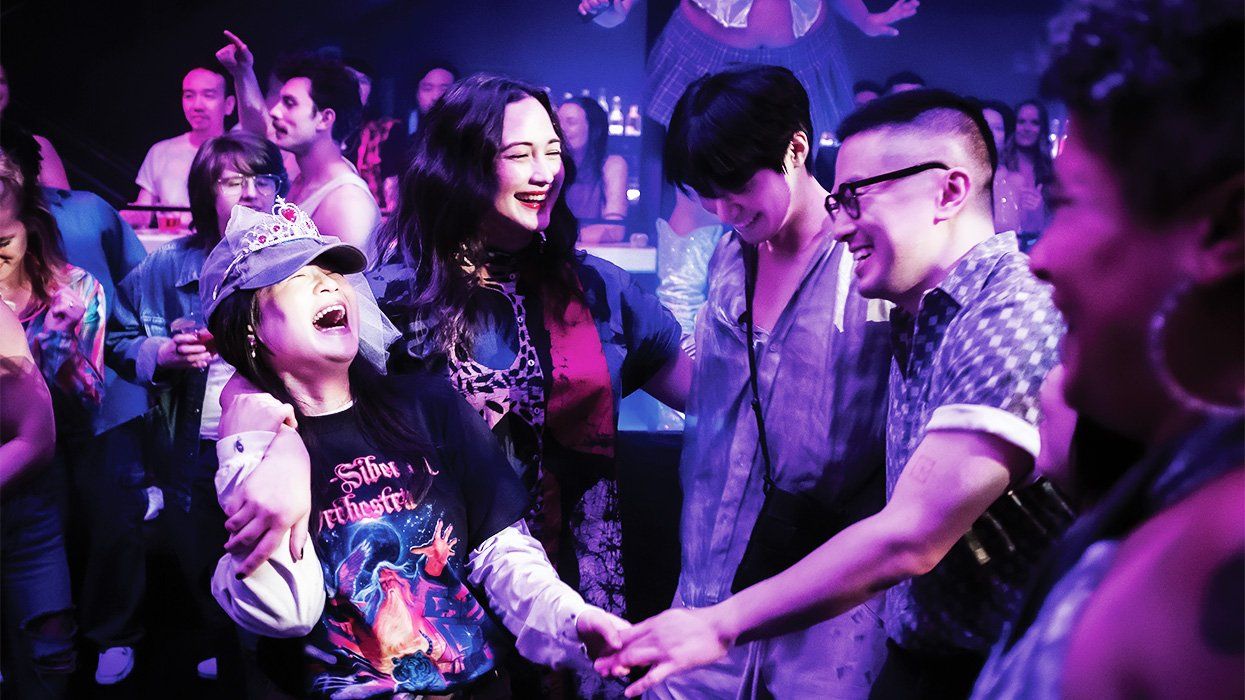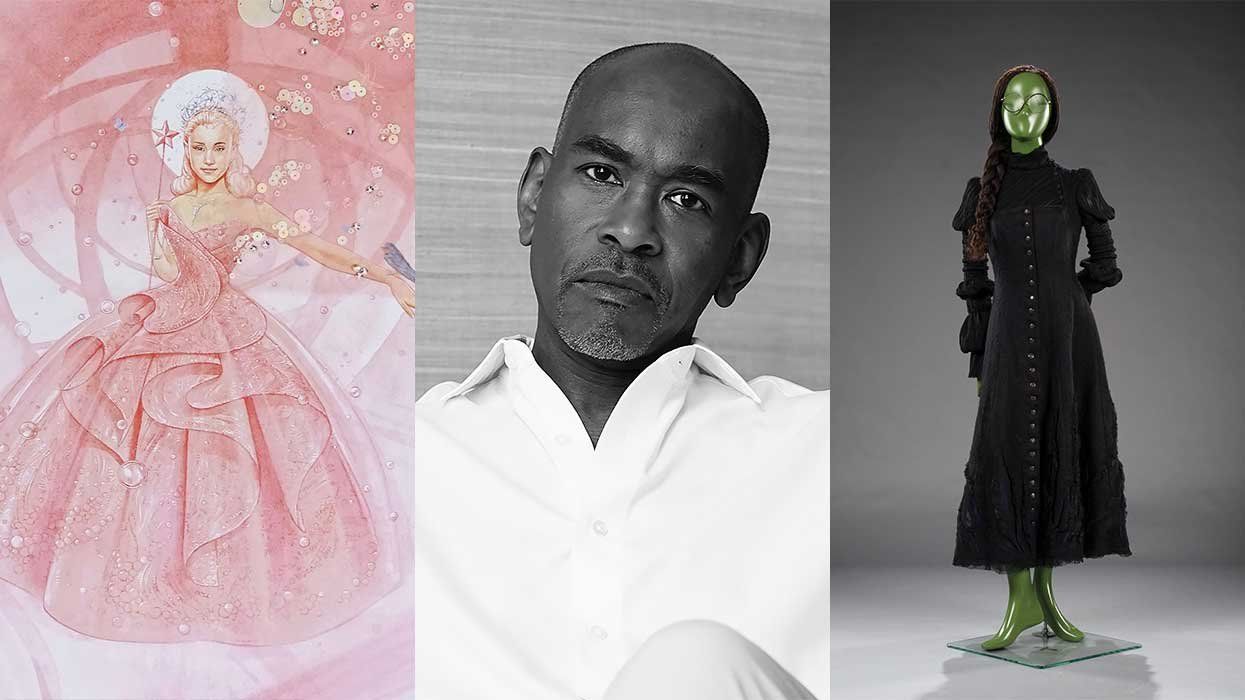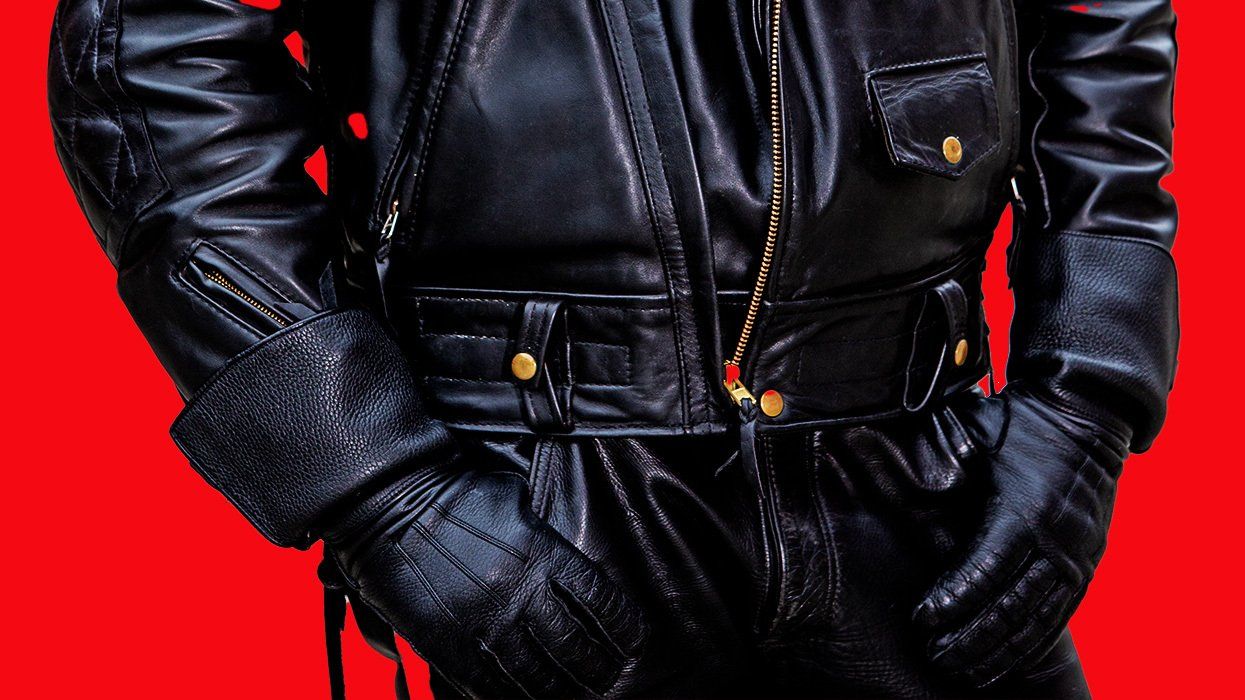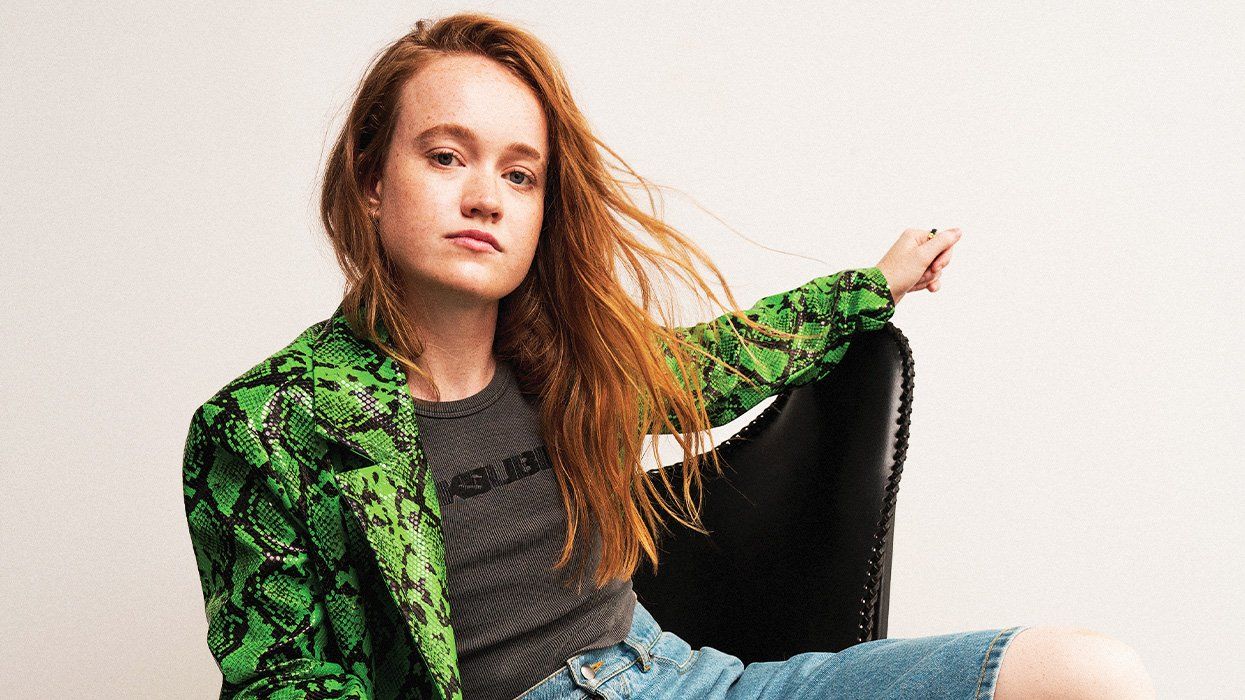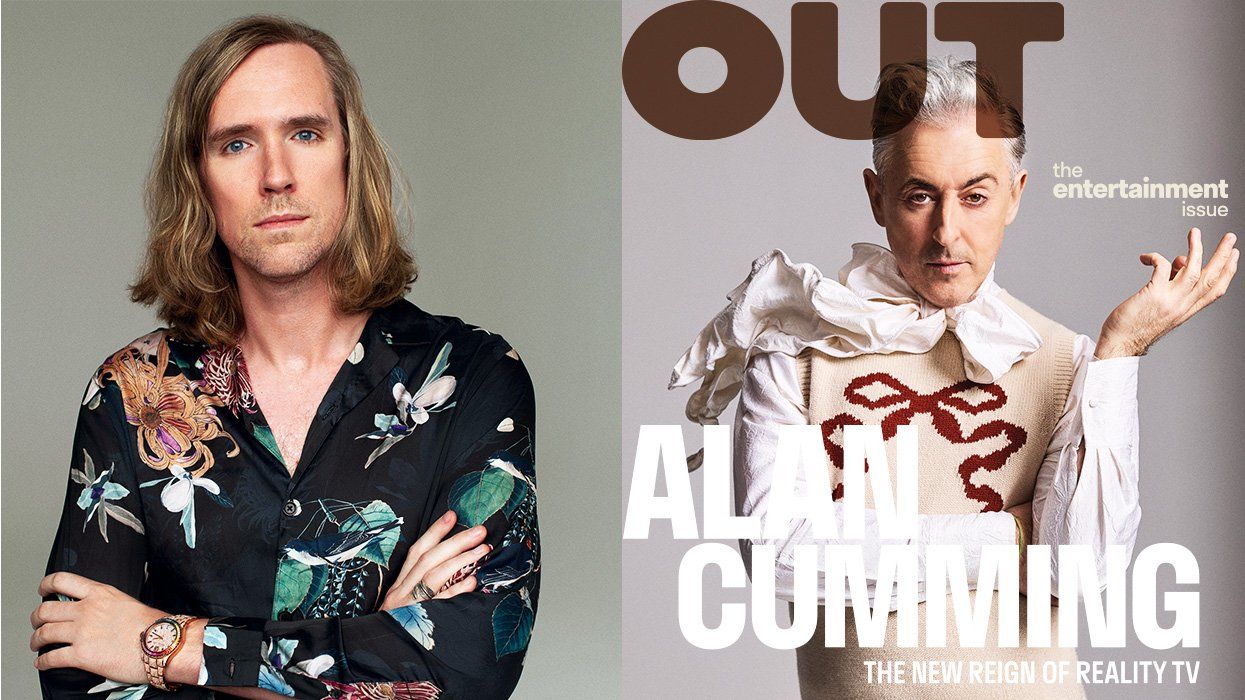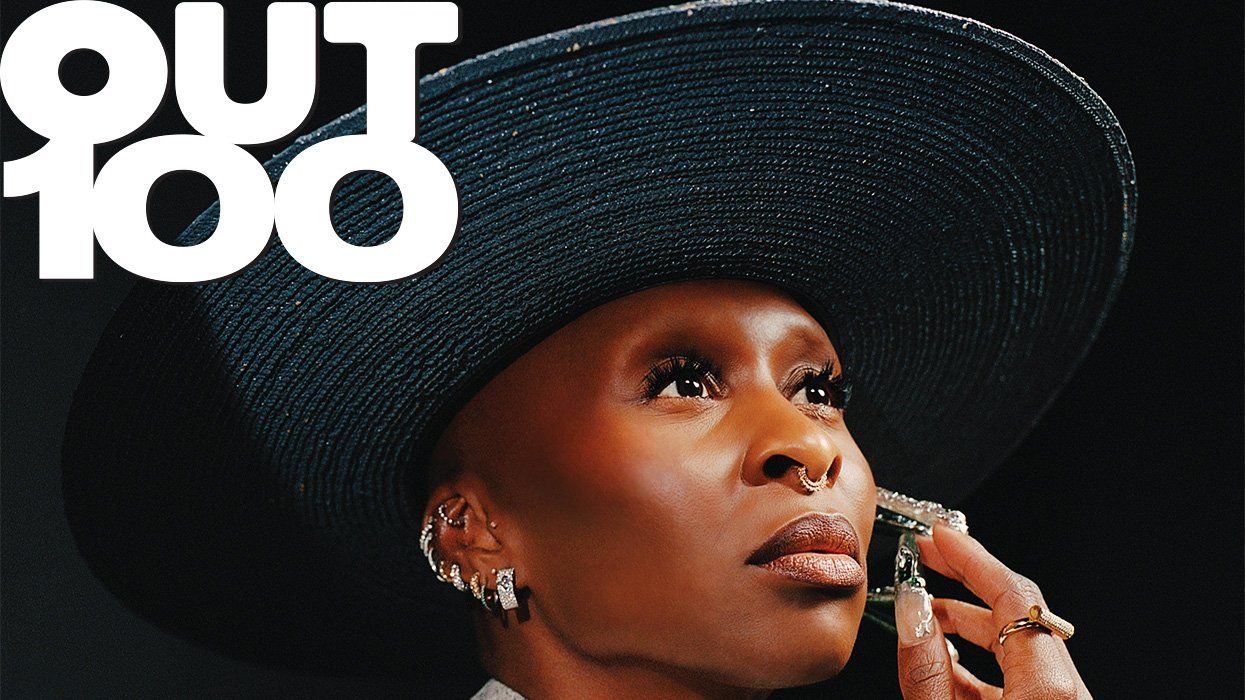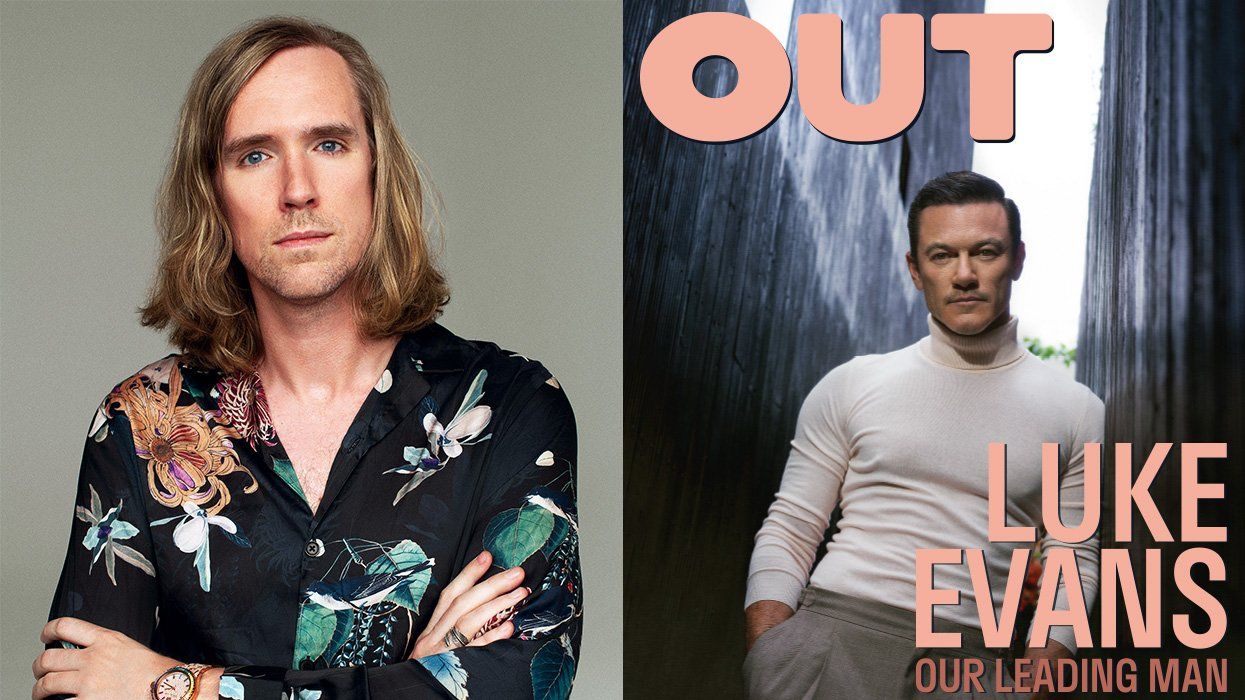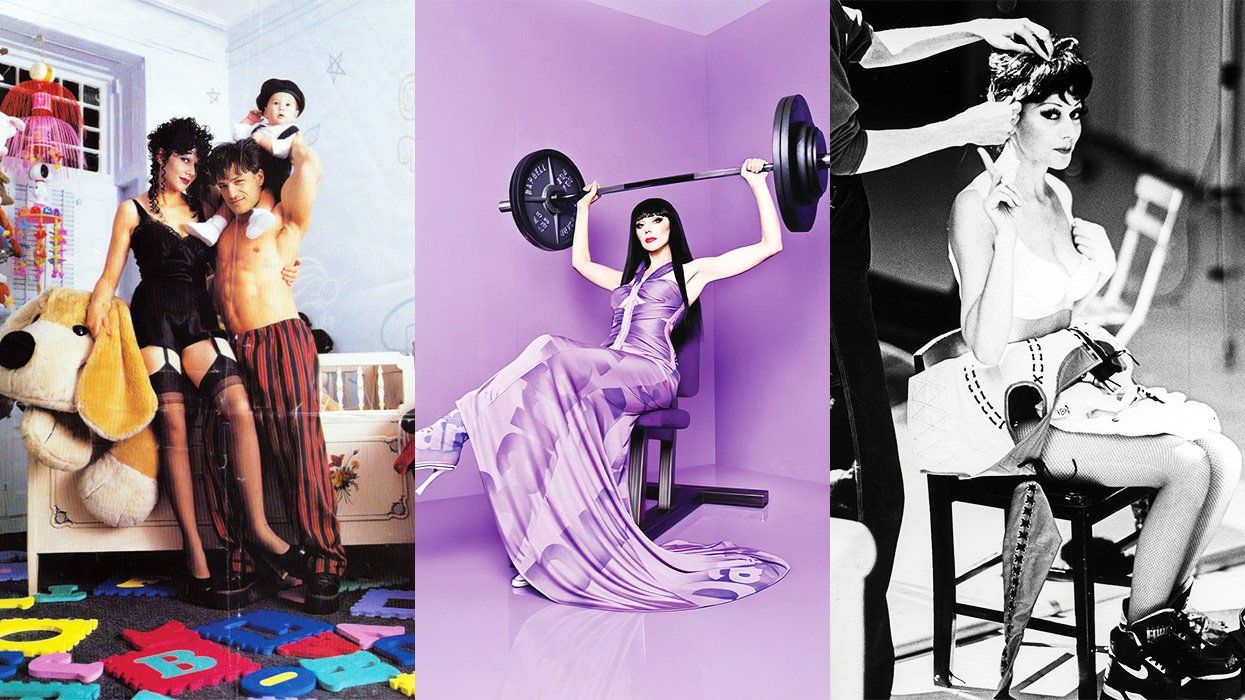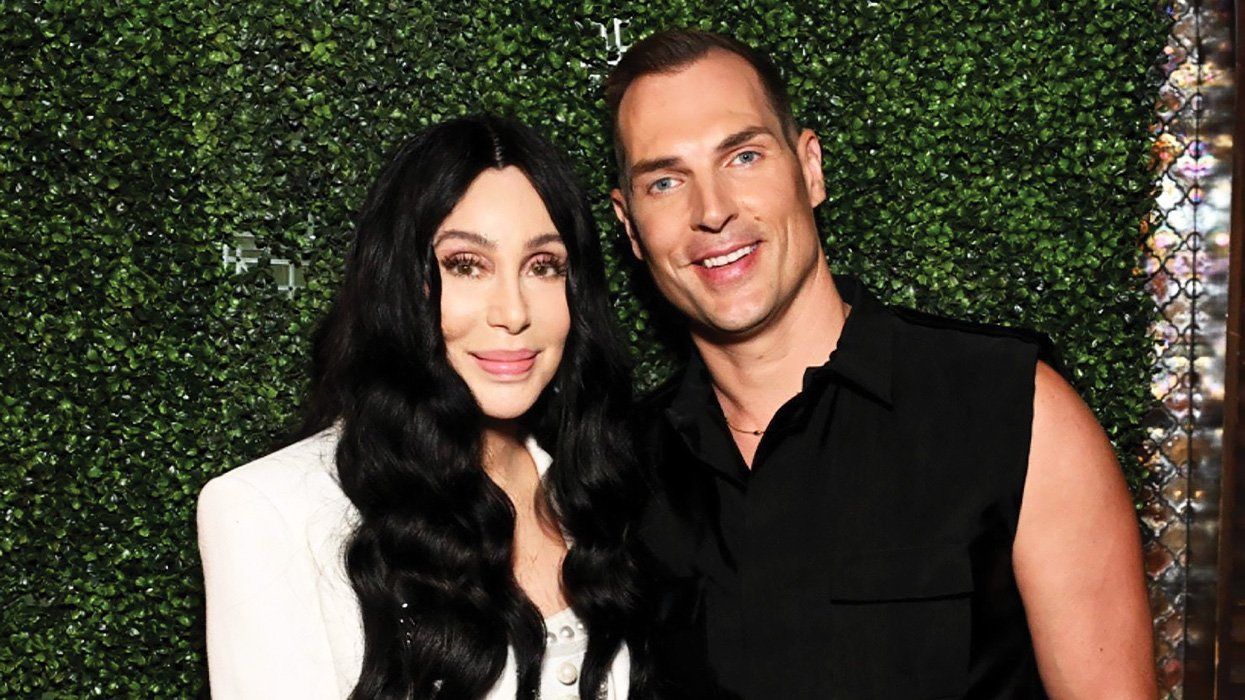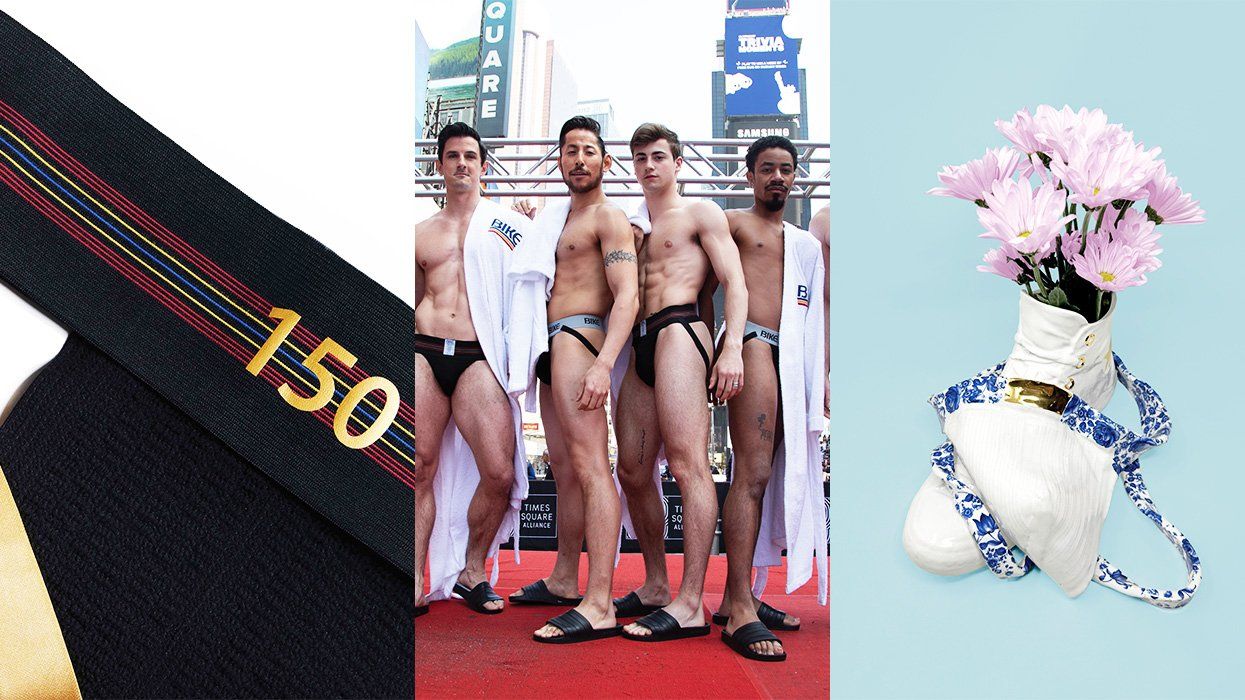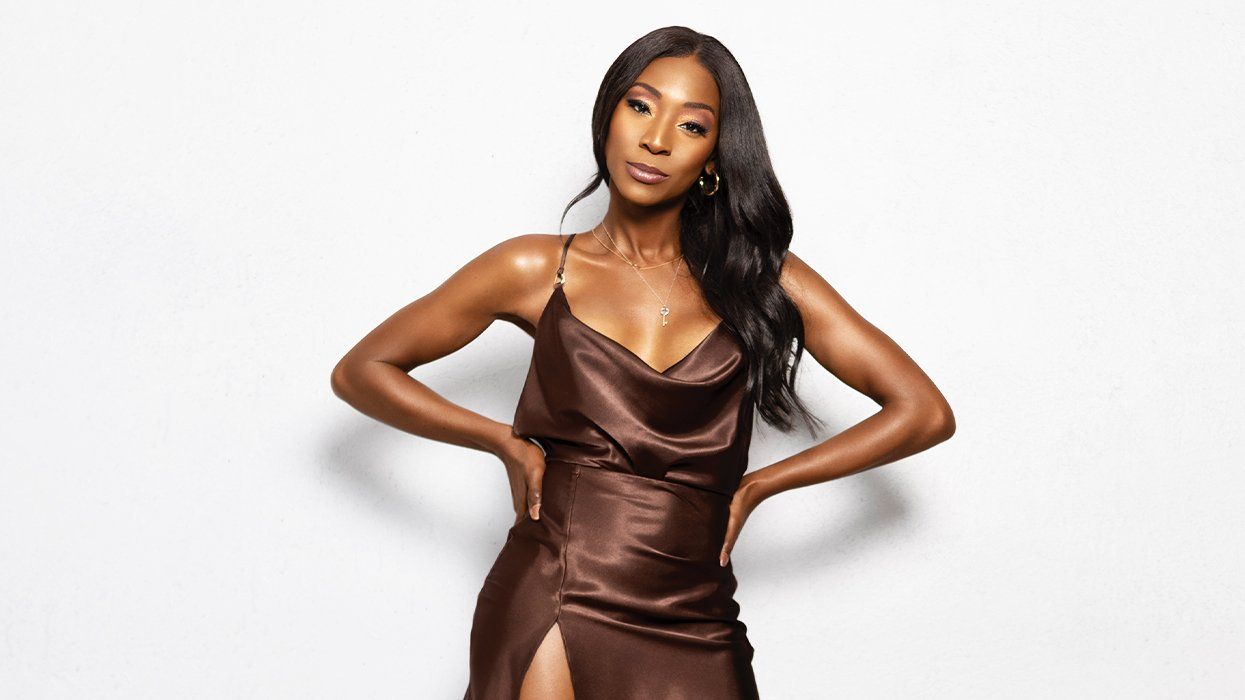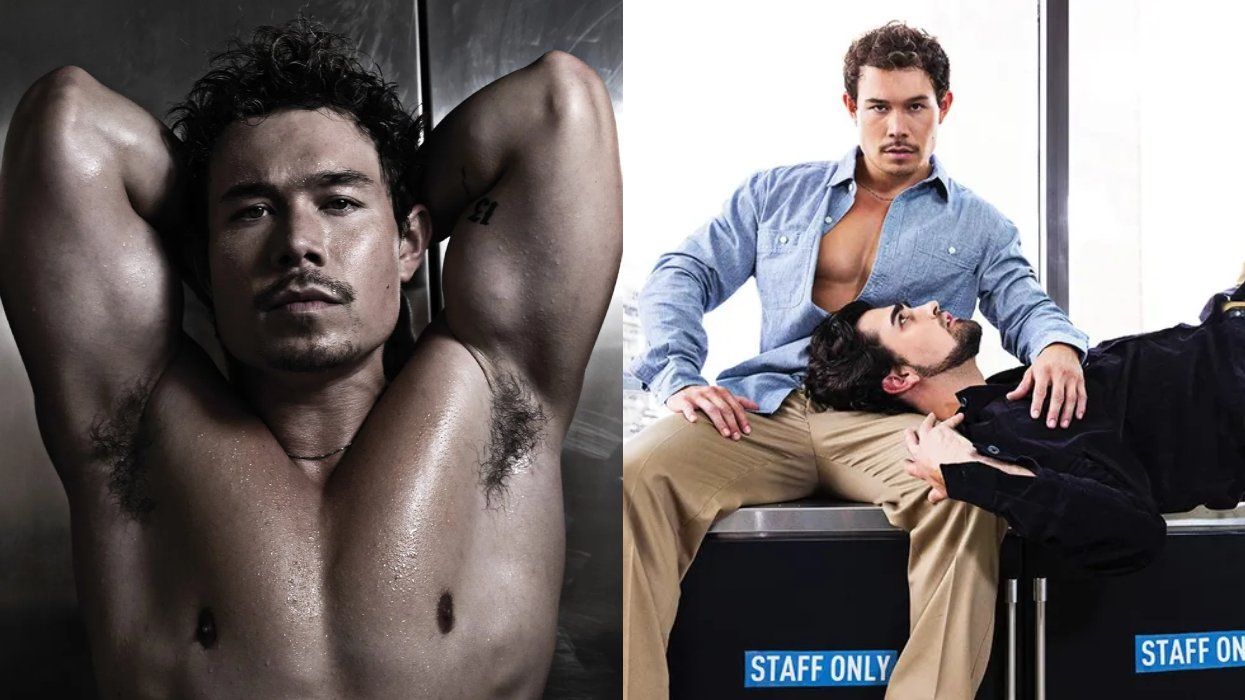One of the most innovative films this year is Antebellum. Written and directed by life and creative partners, Gerard Bush and Christopher Renz, the film follows a character fully embodied by Out100 cover star Janelle Monae as she is seemingly transported to the antebellum South and assumes the identity of an enslaved woman named Eden.
The film draws from a short story written by Bush, a gay Black man, which itself was inspired by a vivid nightmare he had about a frightened woman who reached out to him through time and space for help.
Bush and Renz -- whose careers span advertising and social justice work, including 17, a visual EP inspired by the murder of Trayvon Martin -- ultimately came together to write the screenplay for Antebellum, which can now be streamed on demand. Here, we sat down with the couple to talk about their creative process and why the polarizing film struck such a nerve.
First of all, thank you for this film. Projects that spark dialogue and conversation like this are keeping us engaged with each other during the pandemic.
Gerard Bush: Thank you. We're trying to use this time in a way that can be most productive to our sanity and also our art. I think those two things are inextricably linked. We create because it's cathartic and that is really helpful, so the whole time we've just been writing and we feel like that has anchored us.
The process in creating this film started as a horrifying nightmare.
Christopher, do you remember the first time Gerard told you about his dream?
Christopher Renz: He was casually telling me about it the next morning. I was sitting on the couch and he's making coffee in the kitchen. He's not looking in my direction. He's telling me, you know, the bullet points of the story. He turned around and I already got the laptop out. I'm like, "We're writing this. Today." And we wrote the short story, which we then based the script on.
Bush: We have a lot of respect for the written word. We're voracious readers, but we also did not imagine at the time that we were going to be taking it from short story to script. We really had an appreciation just for the short story, and then when some people in town got ahold of it, specifically [producer] Zev Foreman, it was when they looked at us. We'd only been [in Los Angeles], at the time, like six months. Our friend Kenny had gotten the short story over to a company. We said, "Kenny, I think you're crazy. Looking at this. It's not a film. It's a short story."
Renz: At the time we were excited because we were in talks with The New Yorker about it and that would have been incredible for us. That was what we saw.
Bush: After conversations with people in town, I think we had sensed enough to know we should respect their opinion. That was the only reason we moved forward.
It was clearly meant to be.
Bush: I don't think that we would have said, "Let's make a movie!" out of something that didn't feel like it came from a place that was in some way ancestral at the time. I thought that it was from the past. And now I think that maybe it was an SOS from the future. Because of that, we felt, OK, we're protected in some way, because in this world, when you have the audacity to say something that can prove disturbing or can ignite a conversation, it's not a pleasant experience for artists. You're thrown into this spin cycle.
As a genre, the short story is often overlooked.
Bush: There's something about sitting in the privacy of a nook or cranny where you feel really comfortable with being alone and with your thoughts and your imagination and reading words on a page and allowing it to take you somewhere. In film, we're creating the visual representation, the experience of the written word. We still like to leave space within the film where the audience can use their own imaginations, because oftentimes, it's much more powerful than what you could create.
What was it like writing and directing the project as a couple?
Renz: It was a lot of research and reading, diving into white supremacists and Civil War reenactments, and a lot of research into white women and their role [in American slavery] for Jena Malone's character. We shared a book with her called They Were Her Property that really shows an honest view of white women's complacency.
Bush: Some white women!
Renz: Some white women. [Laughs]
Bush: Just to be clear. [Laughs]
Renz: But a lot of times they get a pass like it's, "Oh, you know, they just went along," or whatever. That was not [always] the case. That wasn't the case for this character we wrote. She is kind of the real mastermind behind it....
Bush: And because of our background in social justice activism, in terms of the art, we were becoming increasingly fascinated by the potential for a collective psychopathy that can metastasize through a society. I think about how our rights as gay men, everything is really temporary. There is a need for constant vigilance and an optimization of approach and strategy because your rights, they don't feel, for me, permanent. And because of that, Christopher and I wanted to better understand white supremacy, its origins. And then in getting to the origins of white supremacy, the shock that it was right in front of us the entire time, that the country was founded on a white supremacist idea. That was really difficult to have to confront as an artist because you need to be authentic and honest about what you're putting on the screen. Some people are not ready for that. Some people are not comfortable with the truth.
There's also a clear juxtaposition you lay out in the film as well.
Bush: Christopher and I find ourselves enveloped by some really dynamic Black women, and women of all sorts, because that's who's in our gaggle of friends and family. Outside of the context of what is seemingly the antebellum South, it was imperative to us that we also demonstrate the nuance of the experience of so many ultramodern, successful, high-achieving, well-traveled, well-read Black women who are mothers and sisters and friends and pillars of community. And what does that look like in the juxtaposition with the antebellum South? Because in all of our research, it was really difficult to identify where and what happened to Black Americans prior to the kidnapping and forced labor. You know, where were these communities they came from? What husband or wife or partner were they stolen from? And what was annihilated and disappeared? We didn't want to only focus on the white supremacist component of it, albeit that's a larger point of what we're trying to say with the film. We think that those two things need to live harmoniously in concert -- that you're seeing the beauty and the resilience and the power of these women with the juxtaposition of the determination of a certain faction of white supremacy that finds it as a direct insult to their person to see this kind of achievement in Black people. Because when they see it, they have to confront the fact that they had gone out of their way to dehumanize us in order to justify the subjugation. And so the psychology around it became a much deeper and bigger conversation in our research and where we were trying to go with the movie.

Janelle Monae's performance certainly brought that to life.
Renz: Oh, we were just blown away by the passion her team had for it, that she had for the script. She desperately wanted to bring Veronica to the screen. It was interesting because this is our first feature film, and it was her first leading role. And so it was this adventure that we got to go on together that was crazy and scary and fun.
Tell us about your next project.
Renz: It's funny because I guess the thing now is that we write a short story and then adapt it into a script, which we've done for our next film. It's called Rapture. We should be going into preproduction in a year or so. We wrote a television series as well that we're incredibly excited about that.
Bush: Our determination is to tell a very specific kind of story. If you think back in movie history to the '70s and the '80s, some accused Hollywood of desensitizing audiences to violence. And now the opposite has happened, where there is this expectation of a theme park ride, rather than something that really engages you to think about the world that we live in, the reality of what that is. For us, we are engaged in the filmmaking process and cinema and television, because we are looking to do our part in contributing to the dialogue and the conversation to shift the collective consciousness and understanding that he, she, they who control the narrative have the power.
This piece was originally published in this year's Out100 issue, out on newsstands 12/1. The issue has four cover stars, one of whom is Janelle Monae. To get your own copy directly, support queer media and subscribe -- or download yours for Amazon, Kindle, Nook, or Apple News +. The full Out100 will be released Thursday, November 19, 2020. The first-ever Out100 Virtual Honoree Induction Ceremony will be Saturday, November 21, 2020 at 8 p.m. EST. You can watch live on the Out100 Live landing page.
RELATED: Janelle Monae, Out100 Cover Star, is Bringing Down The House



